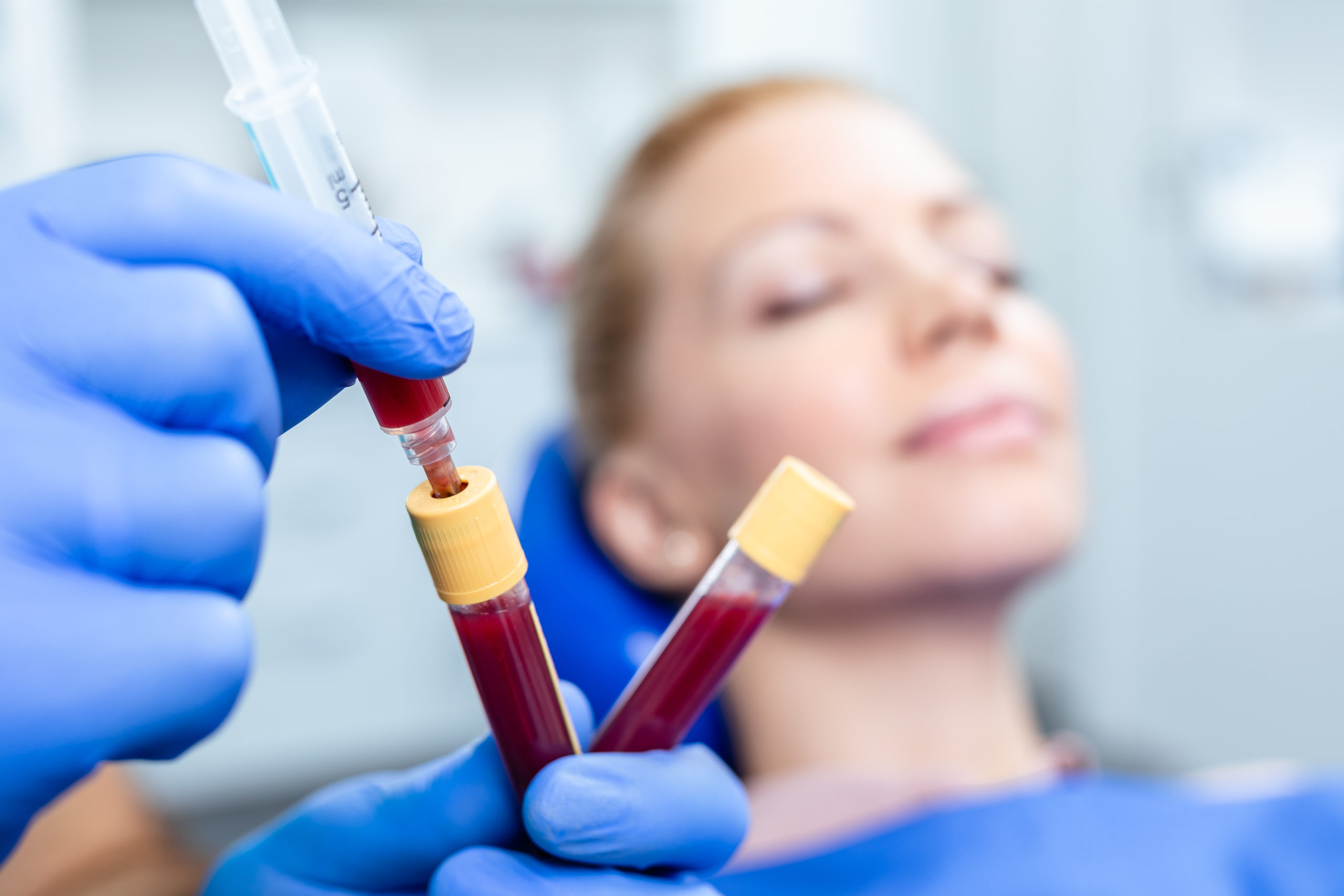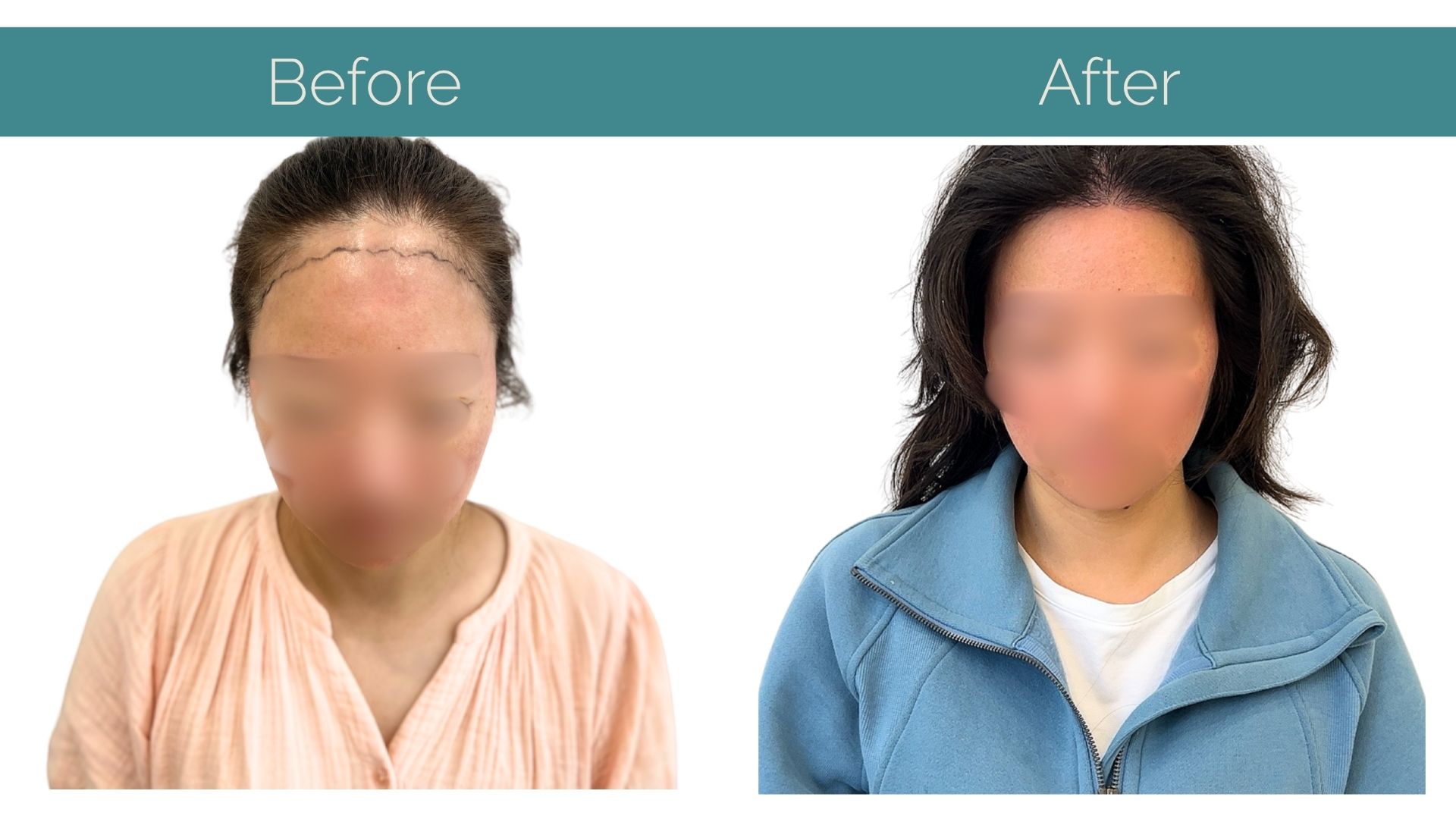Whether due to genetics, age, hormonal changes, stress, or underlying health conditions, hair thinning and balding can impact confidence and self-esteem in powerful ways.
But in an age where science and technology continue to push boundaries, a revolutionary treatment is giving hope to those who want to reclaim their locks – plasma therapy, or more specifically, Platelet-Rich Plasma (PRP) therapy.
What once seemed like sci-fi is now being offered in clinics across the United Kingdom – including Leicester-based specialists like IK Clinics – where your own blood is transformed into a catalyst for hair regeneration.
The Basics: What Exactly Is Plasma Therapy?
Let’s get one thing clear: plasma therapy isn’t just a buzzword. At its core, PRP therapy is about using the healing potential within your own body to stimulate hair growth.
Here’s how it works.
A small sample of your blood is drawn, similar to a routine blood test. This blood is then spun at high speed in a centrifuge – a specialised machine that separates it into layers. What emerges from this process is golden-hued Platelet-Rich Plasma, a portion of your blood dense with growth factors and healing proteins.
This PRP is then carefully injected into areas of your scalp where hair is thinning or has stopped growing. These growth factors get to work, signalling dormant hair follicles to wake up and start producing again.
It’s like giving your scalp a rejuvenating shot of espresso.
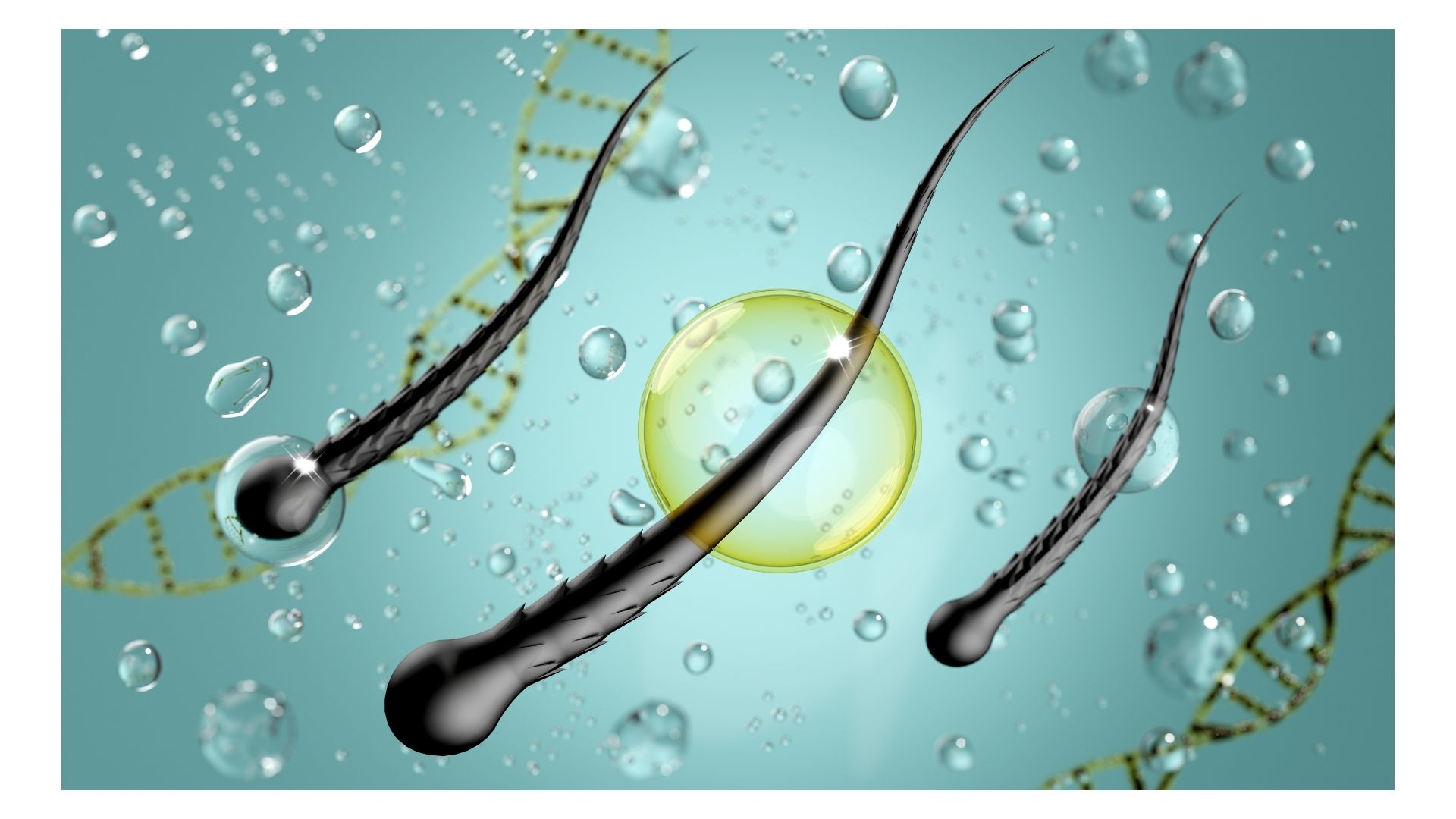
Behind the Scenes: How PRP Stimulates Hair Growth
Think of your hair follicles as tiny factories that sometimes go into “sleep mode.” PRP acts as the power source that jolts them back into action.
The growth factors found in plasma – such as platelet-derived growth factor (PDGF), transforming growth factor (TGF), and vascular endothelial growth factor (VEGF) – stimulate the stem cells in hair follicles. This does two things: it promotes new hair growth and strengthens the existing strands.
But the benefits don’t stop there. PRP also improves blood circulation in the treated areas of the scalp. Better circulation means better oxygen and nutrient delivery – key components for healthy hair growth.
It’s a holistic treatment powered entirely by… you.
In the Chair: What to Expect from a PRP Session
A single PRP session typically takes around 30 to 60 minutes. The first few minutes are spent drawing your blood and spinning it to extract the PRP. The actual injections are surprisingly quick – often completed in under 10 minutes.
And the discomfort? Minimal. Many patients describe the sensation as a series of tiny pinches or pressure points. For those with sensitive scalps, clinics often offer local anaesthetic for added comfort.
No scalpels. No stitches. No general anaesthesia. It’s non-surgical, non-scarring, and done in a lunch break.
How Many Sessions Will You Need?
Here’s where consistency matters. PRP therapy isn’t a one-and-done miracle; it’s a progressive treatment.
Most practitioners recommend three to four initial sessions, spaced about four to six weeks apart. After that, maintenance sessions every four to six months help preserve results and keep the follicles stimulated.
The number of treatments can vary depending on the individual’s hair loss stage and how their scalp responds. Some may notice improvement sooner; others may take longer. It’s a journey – not an overnight fix.
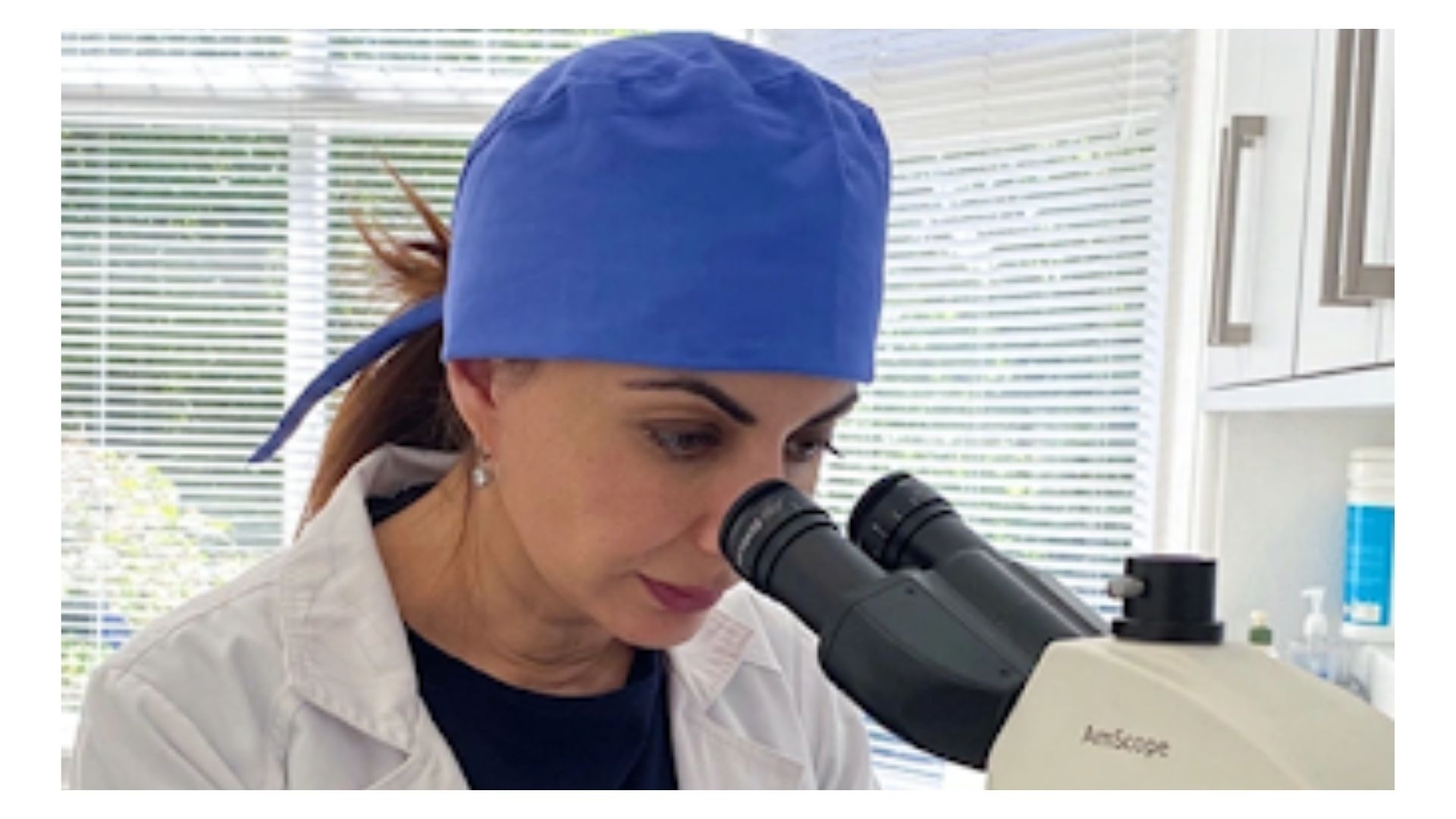
When Will You See Results?
One of the most common questions is: How long until I see a difference?
The short answer is: be patient.
In the first few weeks post-treatment, subtle improvements like reduced shedding and improved scalp health might be noticeable. But visible hair growth typically begins after 3 to 6 months, with optimal results appearing around the 6 to 12-month mark.
The hair that grows back is often finer at first but gradually becomes thicker and stronger with continued treatment. Think of it like tending to a garden – you won’t see the blooms immediately, but with care and consistency, they will come.
What’s Recovery Like?
Here’s the good news: there’s virtually no downtime.
After your session, you might experience some redness, swelling, or slight tenderness around the injection points. These effects are temporary and usually subside within 24 to 48 hours.
Also, you can return to work the same day, though it’s recommended to avoid washing your hair or applying hair products for 24 hours.
Compare that to hair transplant surgery or invasive procedures, and PRP’s low-impact recovery is a major plus.
Safety and Side Effects: Is PRP Risky?
Since the treatment uses your own blood, the risk of allergic reactions is close to zero. That makes PRP a safe option for many people compared to other injectables or chemical-based solutions.
The most common side effects – mild irritation or temporary discomfort – are typically short-lived. However, as with any injection-based treatment, there’s always a minor risk of infection or inflammation, especially if proper hygiene protocols aren’t followed.
The takeaway? Always choose a reputable, experienced clinic, such as IK Clinics, to ensure both effectiveness and safety.
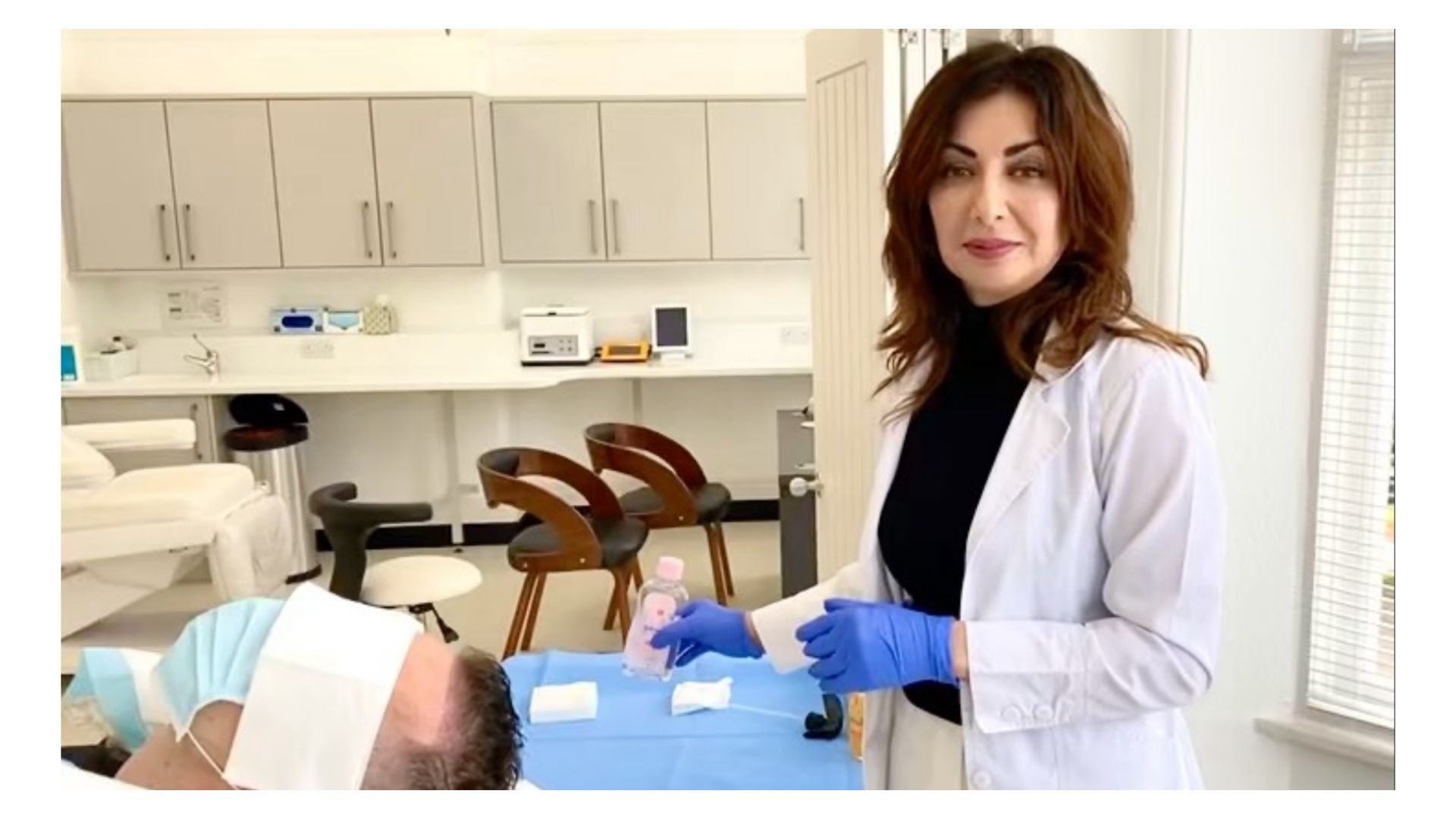
Who Is It Best For?
PRP therapy works particularly well for individuals in the early to mid-stages of hair thinning. If you’re noticing a receding hairline, diffuse thinning, or pattern baldness (especially androgenetic alopecia), this treatment could offer meaningful improvements.
However, for those with extensive balding or scarring, PRP might not be the most effective solution. It’s less likely to regrow hair in areas where follicles are no longer functioning at all.
That’s why a professional consultation is crucial. The right clinic will evaluate your scalp, discuss your goals, and tailor a treatment plan to your specific hair health needs.
The Verdict: Is PRP Worth It?
Plasma therapy represents a fusion of natural healing and clinical precision – making it one of the most intriguing advancements in hair restoration today.
It’s not a miracle cure. But for many, it’s the missing piece in their hair loss puzzle.
What makes PRP particularly compelling is its non-surgical nature, minimal risk, and holistic foundation. You’re not introducing synthetic substances; you’re simply directing your body to do what it already knows how to do – heal, grow, and restore.
Final Word: The Future of Hair Confidence Starts Here
Hair is more than just vanity. It’s identity. It’s confidence. And for those battling hair loss, PRP therapy offers a chance to take control again.
Whether you’re exploring your options or ready to commit, the key lies in choosing the right partner for your journey. With clinics like IK Clinics offering safe, evidence-based PRP treatment, you’re in good hands from the first consultation to the final follow-up.
So, if you’re looking to reverse hair thinning in a way that’s grounded in science but gentle in approach, plasma therapy might just be the scalp-savvy solution you’ve been waiting for.
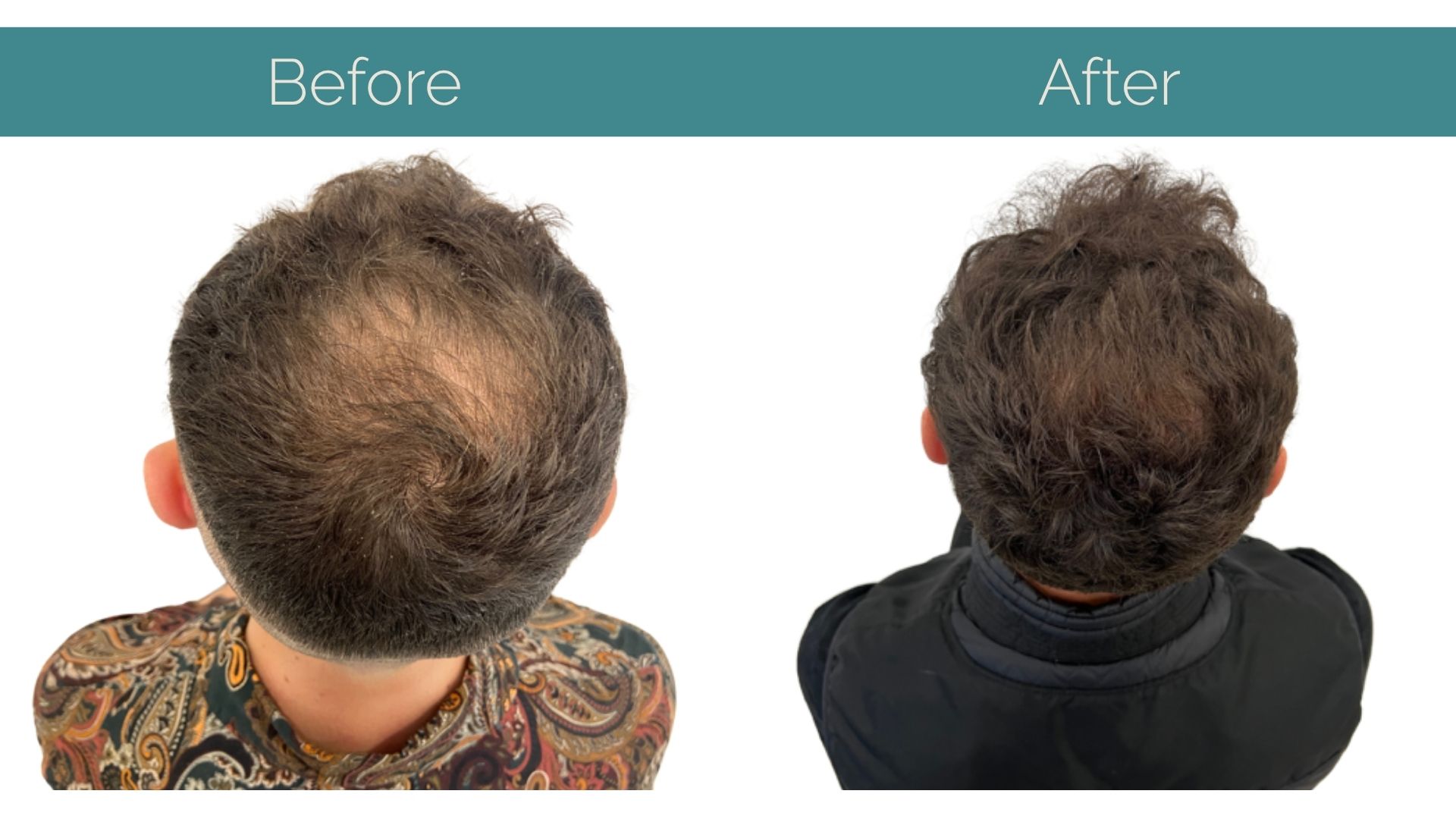
About IK Clinics
At IK Clinics, we are proud to stay at the forefront of global hair restoration trends, offering a variety of advanced techniques to meet the diverse needs of our clients. From FUE, PRP to Stem Cell Therapy, we ensure that every client’s treatment is tailored to their personal goals, helping them regain not just their hair but also their confidence.
Interestingly, we don’t just stop at hair restoration treatments, our highly skilled team also offers a range of anti-aging treatments.
